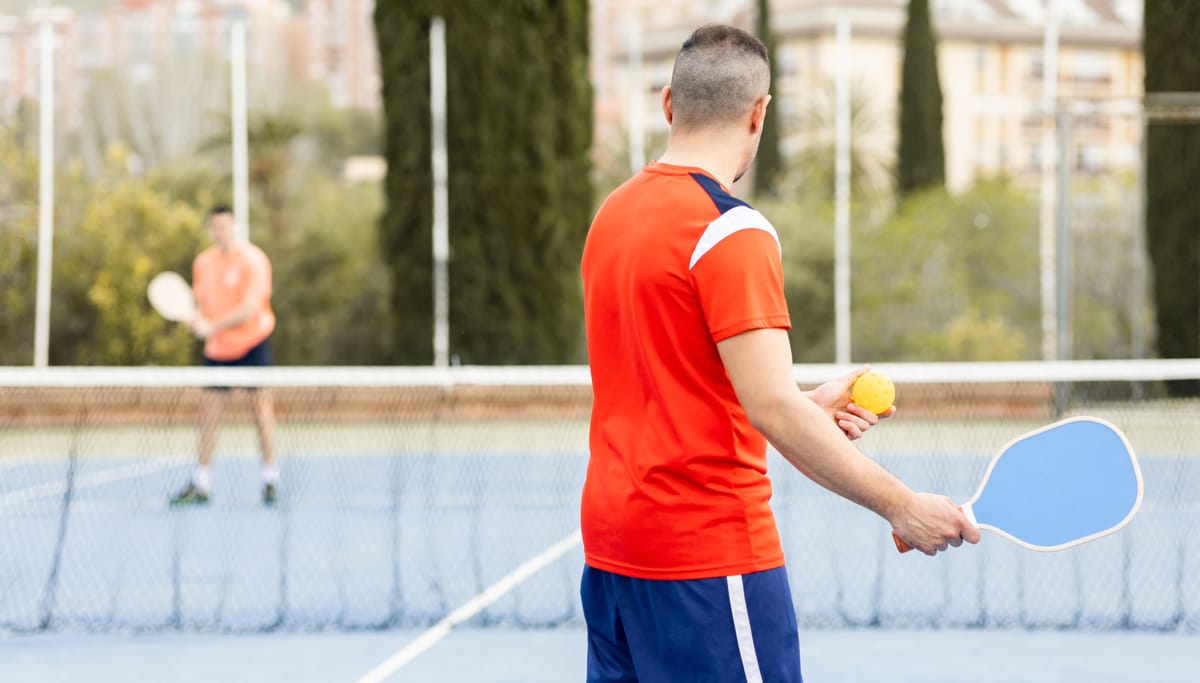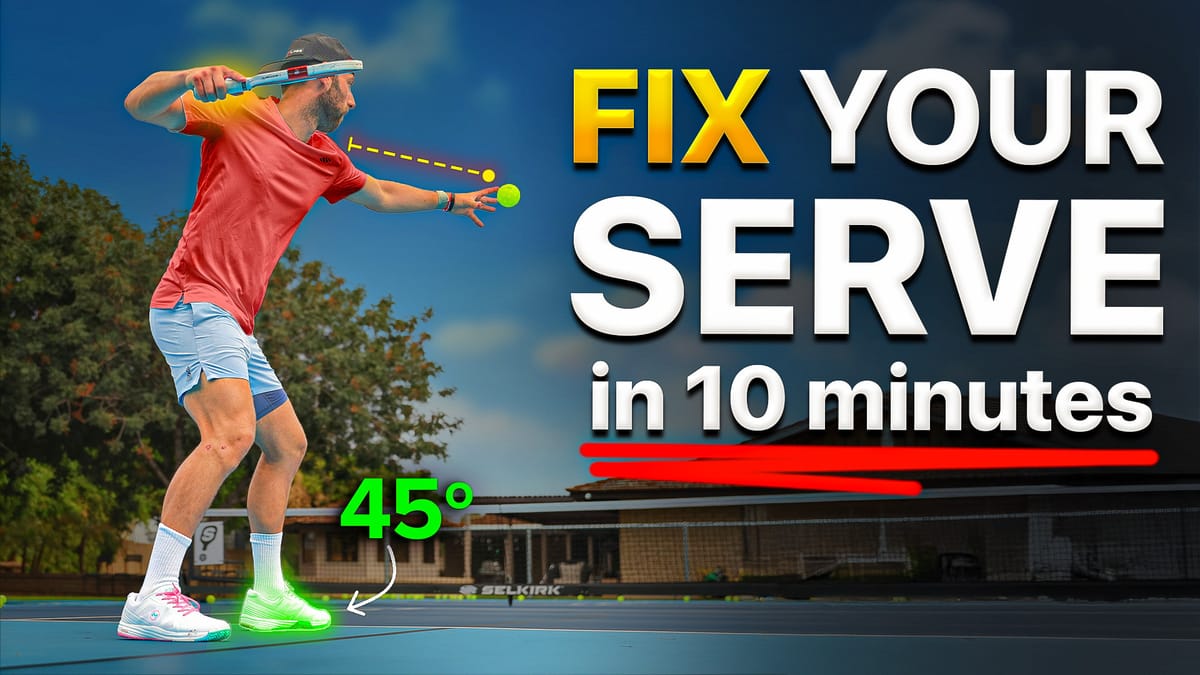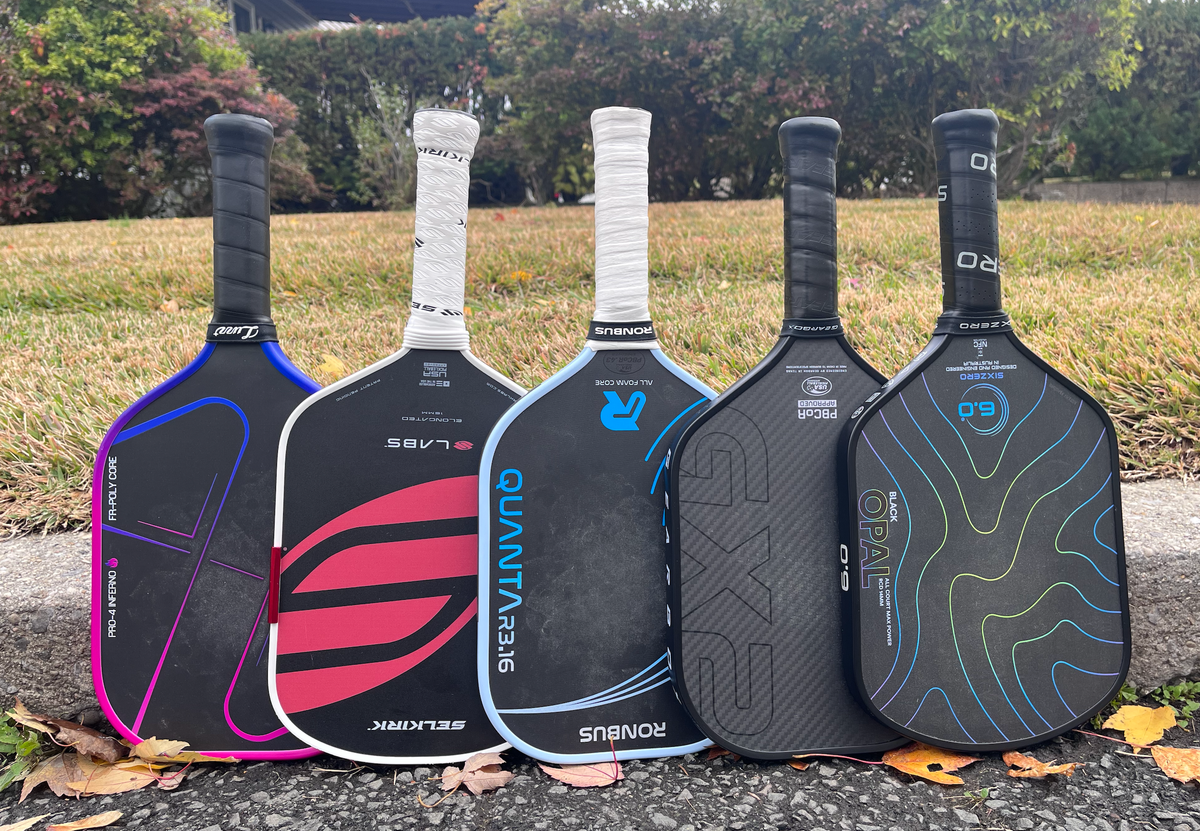
JohnCincolaPickleball

Hey guys, it’s John from John Cincola Pickleball. One of the most misunderstood parts of pickleball is the dink. We’ve all heard conflicting advice: only use the shoulder, never use the wrist, lock the elbow, lock the wrist. So what’s actually correct?
The truth is, there isn’t just one way. To really understand how to dink in pickleball, you need to look at the whole picture. In this lesson, we’ll break down all the major body hinges that affect your dink—shoulder, elbow, wrist, waist, and knees. By understanding when to use them and when not to, you’ll finally know how to make your dinks consistent and effective.
The Five Key Hinges in Pickleball Dinking
When you’re learning how to improve your soft game, it helps to think about your body as a system of hinges. The five main ones we’ll look at are:
- Shoulder
- Elbow
- Wrist
- Waist
- Knees
Each hinge affects the paddle face differently. The closer it is to the paddle (like the wrist), the bigger its impact. Let’s start with the lower body first.
Using the Knees Correctly in Dinking
If you watch top pickleball dinking drills, you’ll see the pros bend at the knees instead of the waist. The knees let you drop lower to reach a dink without changing your paddle angle. This is exactly what you want for consistency—use your legs to get low while keeping the paddle face steady.
Why You Should Avoid Bending at the Waist
The waist hinge is a common mistake for players learning how to dink. When you bend at the waist to reach a ball, your paddle face shifts dramatically. As you stand back up, it changes again. That inconsistency leads to pop-ups and errors. If you want reliable dinks, avoid bending at the waist and rely on your knees instead.
Shoulder, Elbow, and Wrist in Pickleball Technique
Now let’s look at the upper body: shoulder, elbow, and wrist. Here’s the main pickleball technique tip—don’t activate multiple hinges at once. It’s fine to use the shoulder on some shots, the elbow on others, or even the wrist. But if they’re all moving together, your paddle path gets unpredictable.

When to Use the Shoulder for Dinking
For sliced dinks (forehand or backhand), the best method is to lock the wrist and elbow and hinge only from the shoulder. This keeps your paddle face steady and repeatable, which is crucial for control during long dink rallies.
When to Use the Elbow or Wrist
For a topspin dink or topspin drop, shoulder-only won’t cut it. This shot comes from the elbow hinge, rolling the paddle up and under the ball to generate spin.
Some pros even use a wrist-focused style for roll dinks and volleys. It requires more touch and control, but when isolated correctly, wrist-only motion can give you excellent feel. If you’re looking to add more variety and deception to your soft game, practicing wrist isolation drills can be a great way to level up.
One way to supercharge your pickleball training is with the Beaser Ball. It’s smaller than a pickleball, faster, and forces you to focus on precision. Because it reacts more sharply to paddle movement, every drill becomes amplified. When you switch back to a regular ball, your dinks and resets will feel easier and more controlled. It’s an excellent tool for players looking to improve their touch.
There’s No One-Size-Fits-All Dink
Here’s the bottom line: dinking in pickleball isn’t one-size-fits-all. Watch twenty pro players and you’ll see at least fifteen different dinking styles. Everyone develops their own nuance.
The key is to isolate each hinge, test it out, and find what works for your game. If you combine too many hinges at once, you’ll lose consistency. But by practicing targeted pickleball dinking drills and sticking to one hinge per shot, you’ll discover what feels best and make your technique repeatable.
For exclusive content and full-version tutorials, make sure to check out my YouTube channel, ➡️ John Cincola Pickleball.
Editor’s Note: This article is based on a video by James Ignatowich. We partnered with him to highlight key concepts in a written format for players who prefer to read or reference drills on the court.
Related Articles:
Anuncie Aqui / Advertise Here
Sua marca para o mundo Pickleball! / Your brand for the Pickleball world!

 English
English  Spanish
Spanish  Portuguese
Portuguese  German
German  Italian
Italian  Japanese
Japanese  French
French  Polish
Polish  Russian
Russian  Netherlands
Netherlands  Hungarian
Hungarian  Turkish
Turkish  Videos
Videos  Pickleball Portal
Pickleball Portal








 English (US) ·
English (US) ·  Portuguese (BR) ·
Portuguese (BR) ·